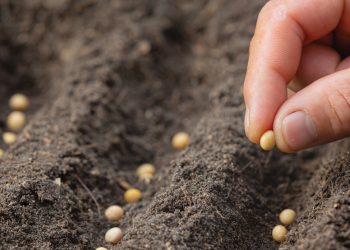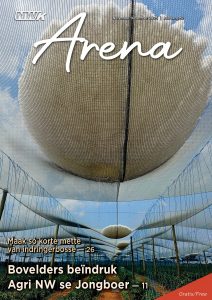 South African birds of prey are experiencing a significant decline, facing a potential extinction crisis. These raptors play a vital ecological role by preying on and scavenging small mammals, birds and insects, which are often considered pests in agricultural areas. They depend on large trees and pylons for hunting, roosting and breeding, frequently selecting fast-growing invasive trees such as the Eucalyptus spp. for these purposes.
South African birds of prey are experiencing a significant decline, facing a potential extinction crisis. These raptors play a vital ecological role by preying on and scavenging small mammals, birds and insects, which are often considered pests in agricultural areas. They depend on large trees and pylons for hunting, roosting and breeding, frequently selecting fast-growing invasive trees such as the Eucalyptus spp. for these purposes.
The majority of Accipiter species, as well as other raptors such as the near-threatened crowned eagle, nest in these trees. Large numbers of lesser kestrels, amur falcons and red-footed falcons (globally near-threatened) regularly roost in eucalyptus trees.
Introduced to South Africa in the 19th century for various uses – including timber, paper production, windbreaks and shade – Eucalyptus spp. has thrived due to its rapid growth and resilience. However, these trees are known for depleting water resources and competing with natural vegetation. Despite their negative environmental impact, they provide an essential habitat for many raptor species.
Farmers should reconsider the removal of large trees, as they may serve as crucial nesting and brooding sites for birds of prey, thereby supporting their survival. If invasive species must be removed, planting indigenous trees in their place could enhance biodiversity.
The role of eucalyptus trees as a habitat for raptors cannot be overlooked – however, the removal of alien trees remains a complex issue. Restoring land near agricultural areas with native plants will ultimately promote ecological diversity and functionality.
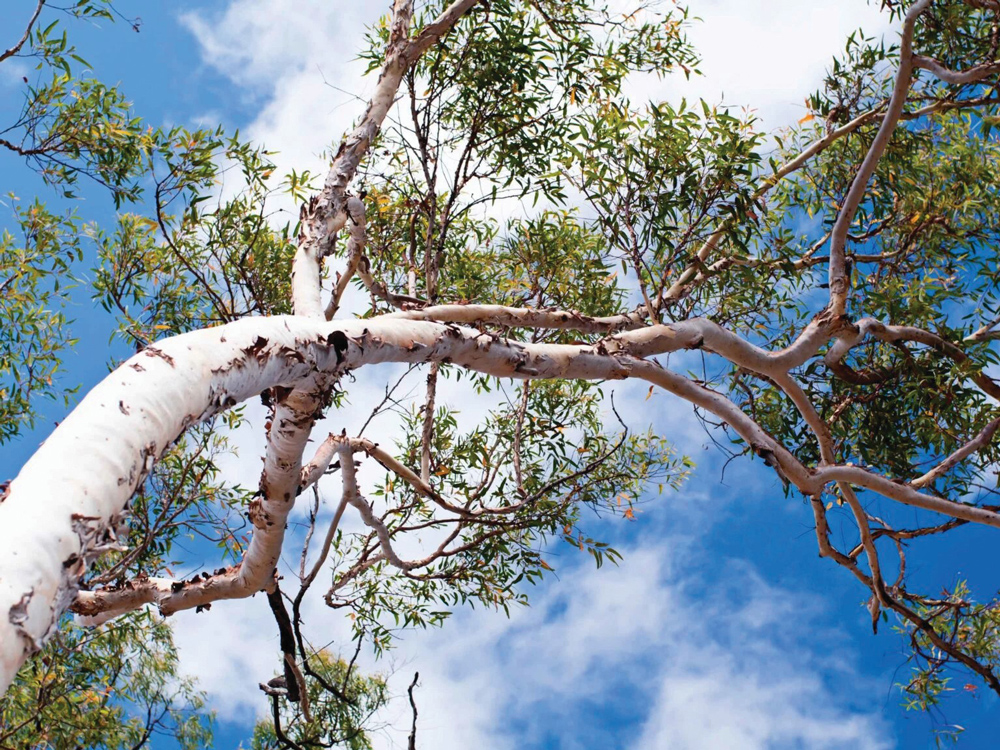
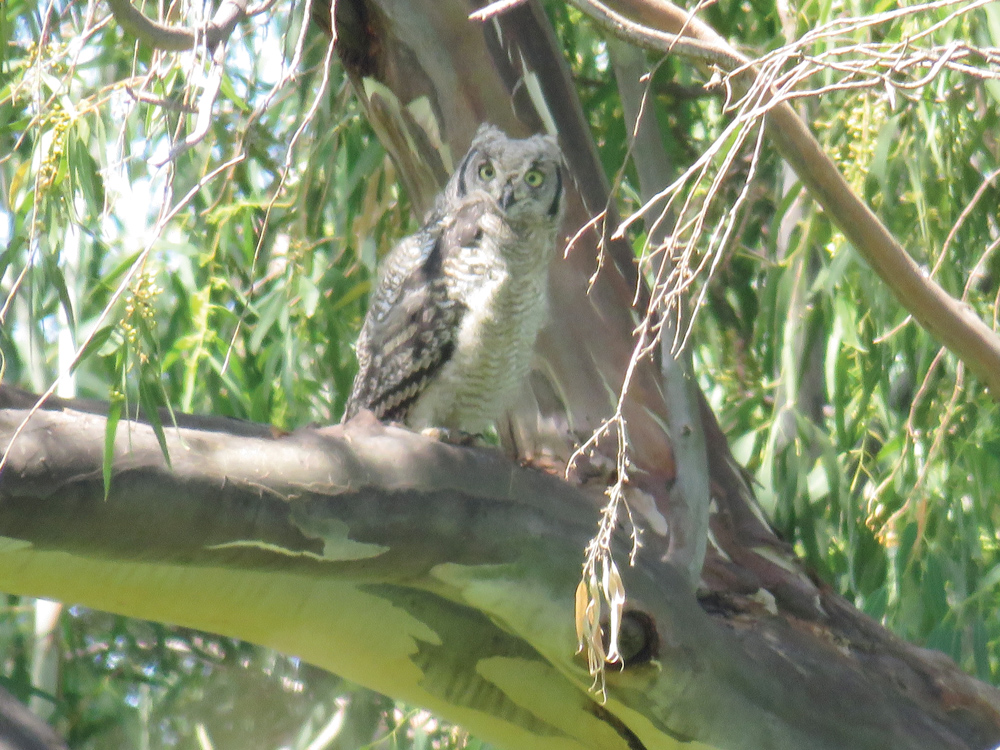
Photo: Alet Steyn
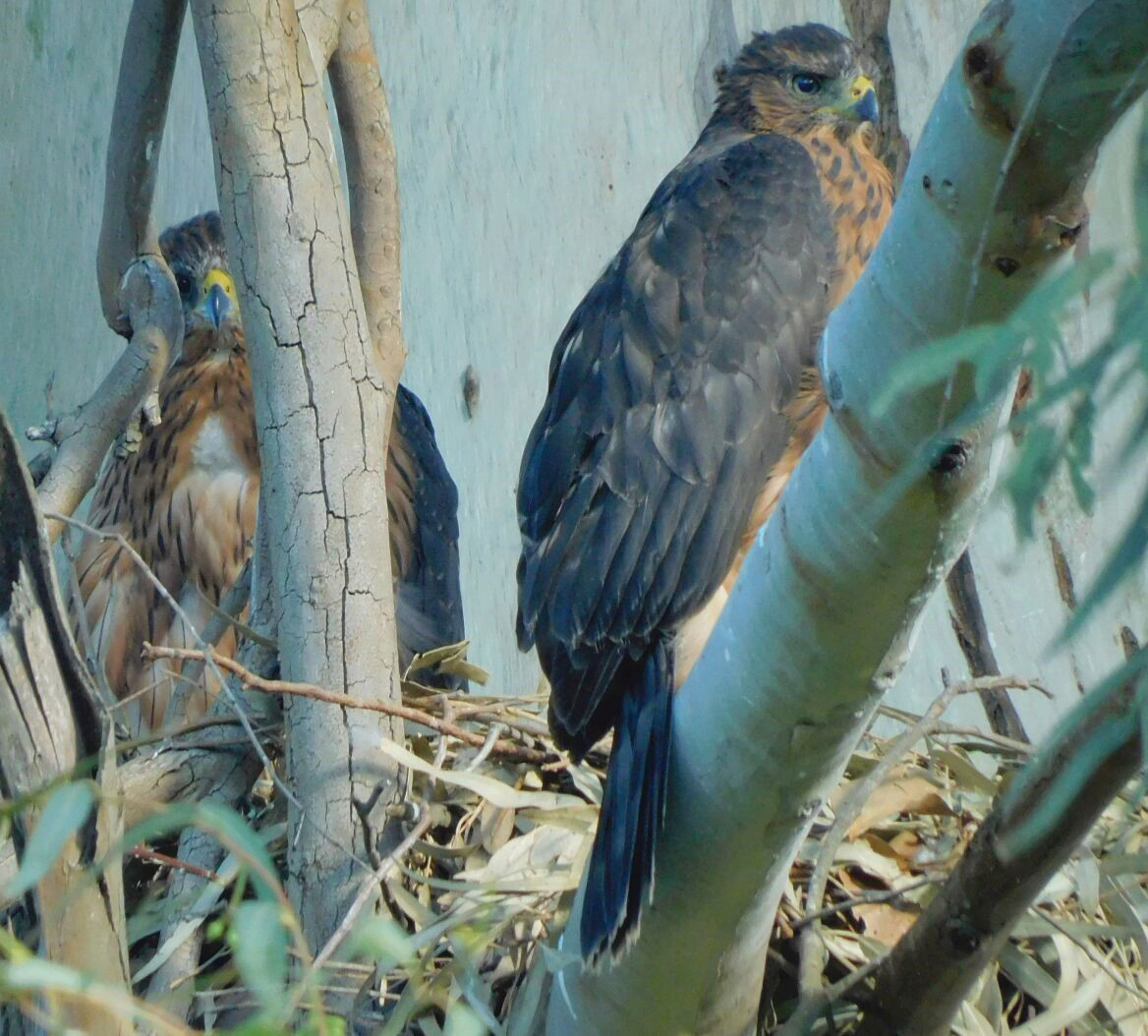
Photo: Zoe Lunau
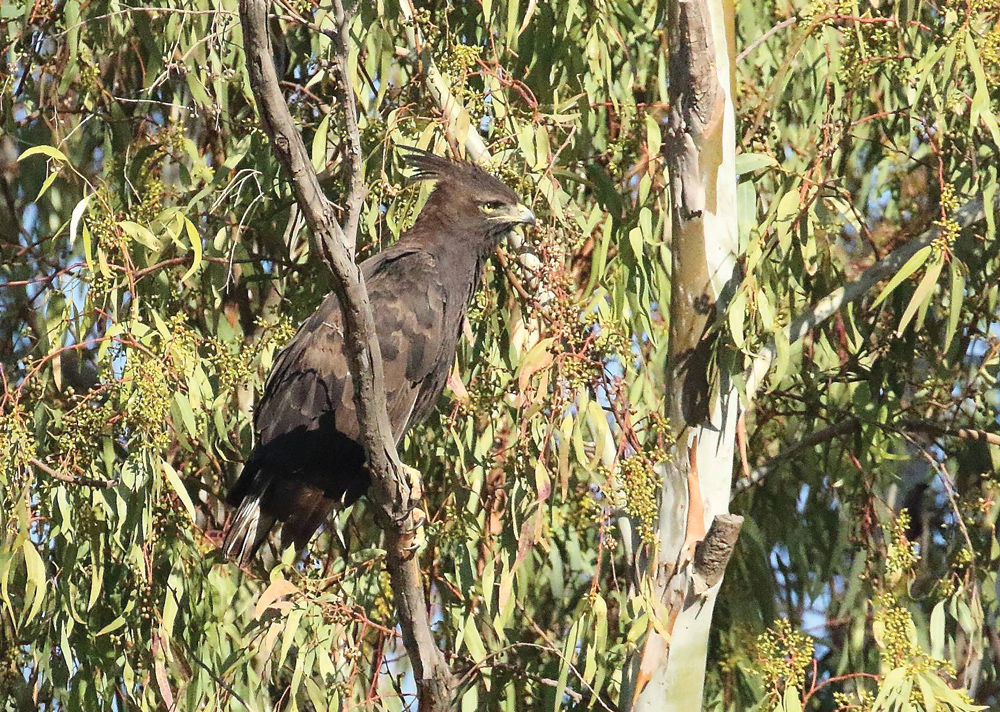
Photo: Pieter Labuschagne
Summary
While eucalyptus trees present significant challenges as invasive species in South Africa, their importance in supporting certain ecosystems – particularly as a habitat for birds of prey – should not be underestimated. A balanced approach that addresses both ecological integrity and economic needs is essential for sustainable management practices.
Acknowledgements
Ian Luyt (North-West University) for his contribution about birds, and Jonathan Breytenbach, Zoe Lunau, Pieter Labuschagne and Alet Steyn for their photographs.





